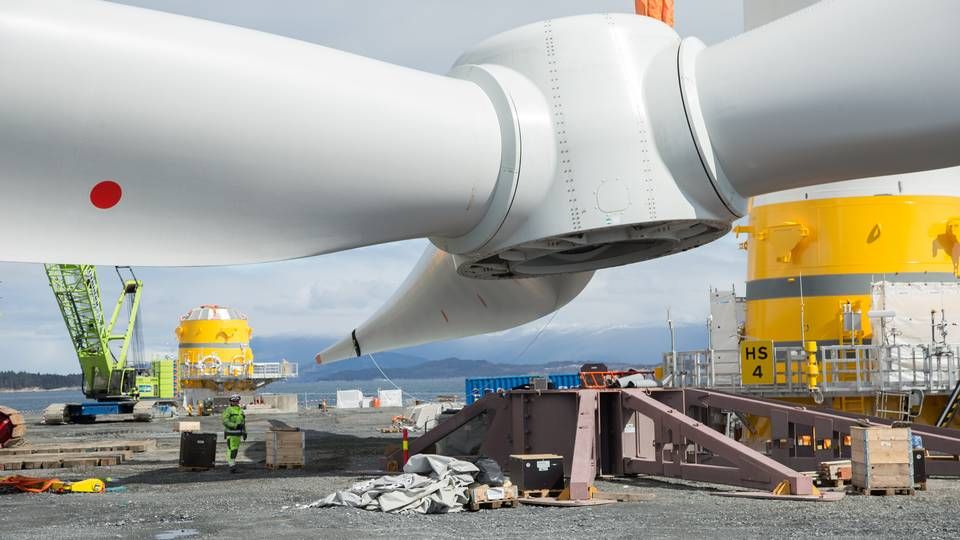Nordic investors primed to embrace impact investment

It is expected, that money managers in the Nordic region will increase their investments in sustainable investments in the coming years.
Giselle Leung, Managing Director at the Global Impact Investing Network (GIIN), said: "There is a lot of opportunity for the development of the impact investing market in the Nordic region, particularly among institutional investors, and we expect to see growing activity over the next few years."
Big investors such as Norway's KLP and the Swedish AP national pension funds already have impact investments as part of their portfolios, and Leung said the network has seen considerable interest among Nordic institutional investors in impact investing.
"But there are not many firms that have actually built out an impact investing practice," she added.
Longstanding commitment to sustainability
Investors in the region have a longstanding commitment to sustainability and care a lot about challenges that can be addressed through impact investment, such as climate or support of the United Nations Sustainable Development Goals (SDGs), she said, following a recent trip to Norway and Sweden to meet investors.
"I encountered many investors who were doing some form of values-driven investing, such as ESG or SRI investing, which ensures they are allocating capital to companies with good business practices and strong values.
"But only a few investors were pioneering impact investing-making investments intentionally generate social and environmental value alongside a financial return," Leung said.
Examples of such trailblazers were Gjensidige Foundation (Gjensidigestiftelsen), the Church of Sweden, and development finance institutions such as Norfund and Swedfund, she said.
Development investments portfolio
KLP has a "development investments" portfolio, which aims, alongside the creation of financial returns for pensions, to support the UN SDGs and have a positive social and environmental development impact on the communities it invests in, explains Heidi Finskas, vice president corporate responsibility at the pension fund.
"The investment universe is developing countries and we have selected two sectors which are interesting for us both from a financial and sustainable development point of view — renewable energy and finance," she said.
KLP first started impact investment through this portfolio with a microfinance commitment through the investment company NMI in 2008.
"These investments have a direct effect by increasing energy production in areas where there is a great need, and where fossil fuel energy is often the alternative," she said.
KLP is now in the process of building up its development investments portfolio, and has earmarked a total of NOK 1.5 billion (EUR 158 million) for development investments in total.
Alongside KLP's development investments portfolio, the institutional investor has renewable energy and infrastructure investments in Norway and elsewhere in Europe, which it also views as impact investments.
Difficult to prove effect of sustainable investments
A recent impact investment made by the Sweden's AP2 highlighted one of the problems with the notion of impact investing — the difficulty of proving how effective the investments are in terms of improving sustainability.
The national pensions buffer fund, which manages SEK 324.5 billion (EUR 33.2 billion) of assets, announced at the beginning of this month an investment of USD 50 million (EUR 45 million) in the Rise Fund — a private equity fund managed by alternative asset firm TPG, which commits to achieve "measurable, positive social and environmental outcomes alongside competitive financial returns."
Eva Halvarsson, Chief Executive of AP2, said: "The idea of impact investing is not new, but what is new and unique about this strategy is that the Rise Fund is relying on independent research to measure the positive outcomes in financial terms."
The Rise Fund measures how much tangible effect a potential investment is expected to have during its investment life cycle, with a focus on the impact outcomes defined by the UN SDGs, AP2 explained.
The fund's methodology for assessing its impact was developed in conjunction with the Bridgespan Group, a non-profit advice and information firm.
AP2 said TPG's global reach and the importance of using independent information to measure the sustainable development effect of the fund's investments were key factors in its decision to put its money into this particular fund.













